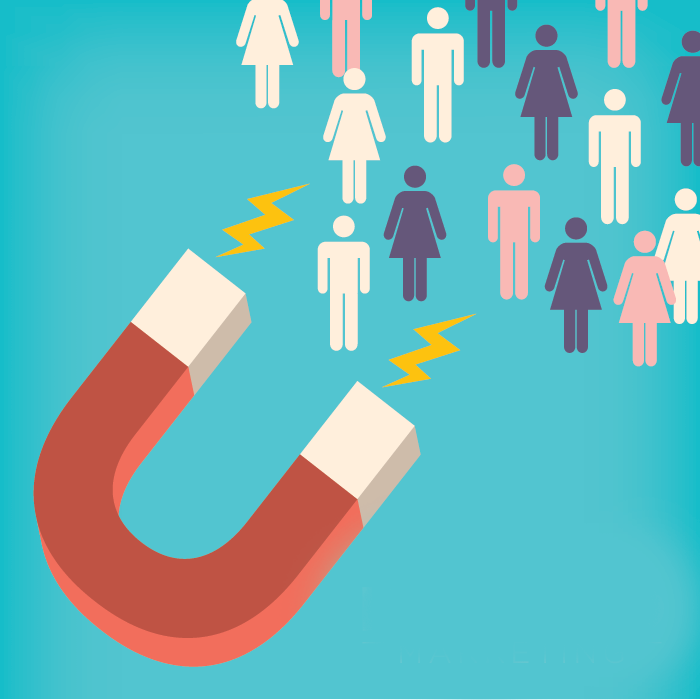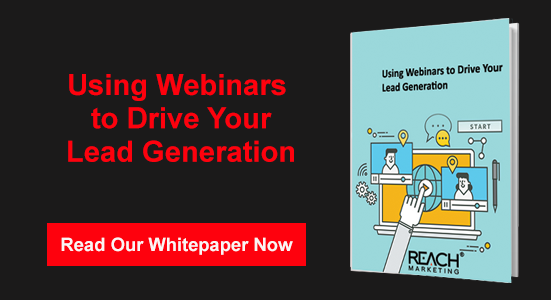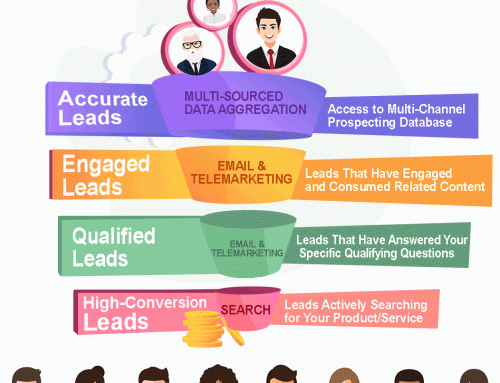Let’s face it: Every market is finite. Even if you’re selling the best product or the most essential service, you can’t acquire more than a maximum of 7.4 billion customers (and counting). In the B2B marketplace, your target audience is undoubtedly a good bit smaller, and you have competition. Lead scoring plays a vital role in owning your marketplace no matter what size it is. Here’s how:
Demographics and Firmographics Identify Your Likeliest Buyers
Demographic and firmographic profiles tell you a great deal about your existing customers, and existing customers speak volumes about future customers. To pinpoint your most valuable prospects, lead scoring systems start with an analysis of your current customer base and the people who comprise it. You might see, for example, that two industries account for 80 percent of your sales; it’s clear, then, that these sectors should get the lion’s share of your marketing team’s attention. By focusing on the demographic and firmographic details of this group, you’re able to achieve greater relevance to your likeliest buyers.
Lead Scoring Prevents Wasted Effort
When you expend effort to wring interest from market segments that don’t offer a significant ROI, you risk under-marketing to high-value audiences who align more closely with what you’re offering them. By ranking and scoring leads, you gain an objective measurement of how much energy you and your marketing team should expend on reaching a given segment. You can also tailor your approach to the expected value of the lead, assigning some to high-priority marketing activities and moving others to a long-term nurture program.
Behavioral Lead Scoring Gives Greater Detail
If demographic and firmographic data tell you the “who” and “what,” behavioral data gives you the “when” that’s critical to connecting with leads. Where are your prospects in their buying journey? How curious are they? What’s their current level of knowledge? How closer are they to a buying decision? Your lead scoring strategy can tell you and lead you to the next steps that will carry potential buyers farther along their journey. Marketo, for example, uses a behavioral matrix that looks at activity across all marketing channels to assess engagement and channel relevant information to prospects automatically.
Becoming a Part of Decision-Making
The shift to account-based marketing in B2B industries is transforming the way these organizations do business. Lead scoring is also adapting to an account-based view, allowing you to score not only individual prospects’ interest but also trace account-level interest. As leads move through the decision-making process, you follow along by tracing the behavioral and contextual cues they offer so you’re ready to give guidance at every stage of approval. Competitors just aren’t able to keep up with that degree of insight and responsiveness.
Lead Scoring as a Revenue Driver
Ultimately, the most successful business is the one that earns the most. Lead scoring concerns the marketing team first, but it has an impact on the sales team as well. Sales needs to be a part of the lead scoring process too, and feedback from sales is more accessible when you centralize data in a single comprehensive marketing automation system. Over time, feedback from sales points the way to where your greatest successes are so you can find more like them, refining and improving your lead scoring program.
© Reach Marketing LLC 2017 All Rights Reserved.






